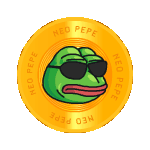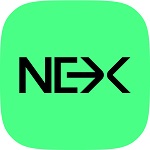Overview
|
What is DAFi Protocol
Dafi creates long-term users by rewarding based on network adoption.
All decentralized economies distributes tokens to users. The problem is that distributing tokens when adoption is low, creates an excess supply & devalues the economy. There is no link between the release of network supply, and the network’s adoption. This harms longer term users and only favours short-term participants.
Dafi enables every protocol and platform to create a synthetic flavour from their native token. This is then pegged to the demand of their network and distributed to users. Meaning users are still incentivized when adoption is low, but by being rewarded later, not earlier.
Individuals can stake the DAFI token for governance and to collateralize the creation of dDAFI, the first synthetic unit which is tied to a network demand. The quantity of the synthetic can increase only as network adoption rises – incentivizing longer term users.
How will Dafi be adopted?
DetailsIEO (Ascendex Launchpad): TBA - TBAIDO (Daomaker Launchpad): TBA - TBA Token supply: 2,250,000,000 DAFI Total tokens for sale: 604,800,000 DAFI Hard cap: 1,050,000 USD Raised: 1,050,000 USD LegalBlockchain Platform: Ethereum | Token infoTicker: DAFIToken distribution: Private Sale - 22.5% Strategic Round - 2.38% Public Sale - 2% Team - 15% Staking - 20% Treasury - 12.12% Marketing - 10% Advisors - 5% Ecosystem reserve - 11% |
DAFi Protocol Roadmap
Dafi testing theories in blockchain
Presenting at institutions and events & NatWest bank incubation
Dafi branding changes
Strategic partnerships confirmed privately
MVP development
User-creation platform for synthetics
DAFI token sale
DAFI staking to create network synthetics
New protocol flavours of dToken
Dafi NFT minting using synthetics
Further DeFi features built on DAFI (lending, DEX’s, NFT’s of value)
Creating a financial universe around DAFI
Project team





Advisors



















